Abstract
The mechanism for leaf position determination by the diffusion of an inhibitor has been studied in relation to the geometry of leaf positions. A computer model has been constructed for the inhibitor-diffusion process on a cellular cylindrical surface. The behavior of the model has been analyzed mathematically. The main results are: (a) that our model generates most of the phyllotactic patterns observed in nature; and (b) that restraints have been found for permissible values of diffusion rates and decay rates of the hypothetical inhibitor.
Full text
PDF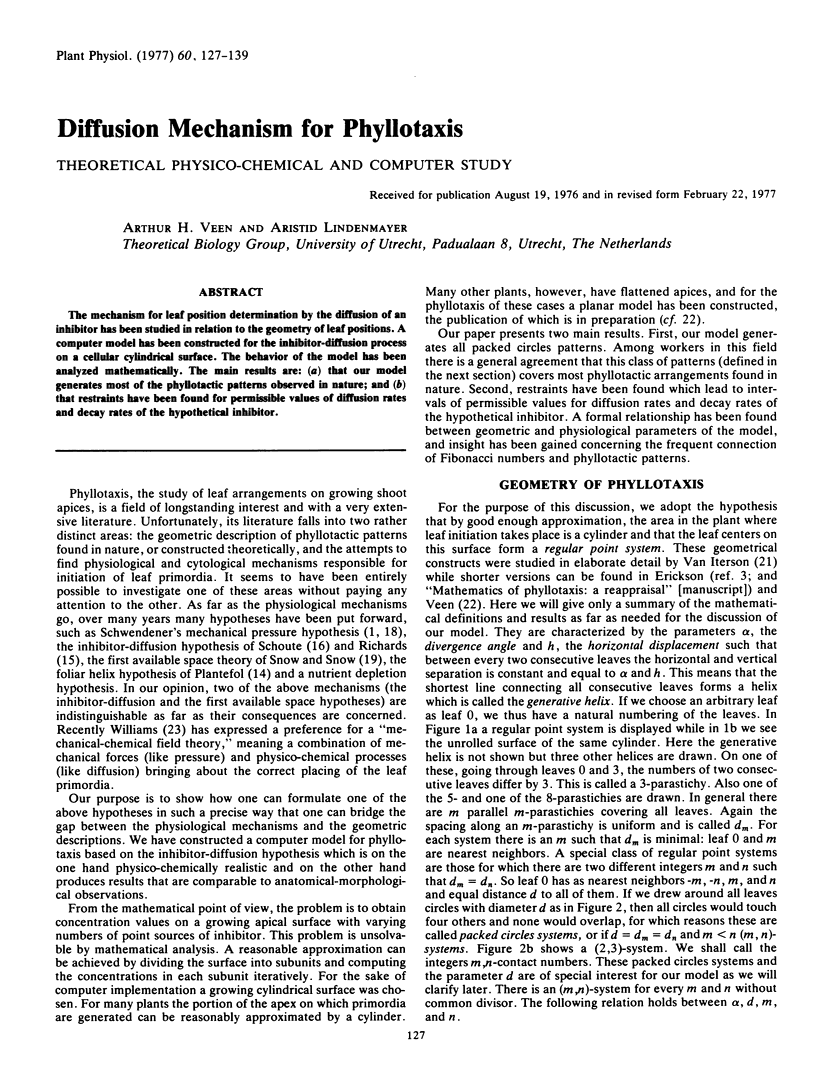
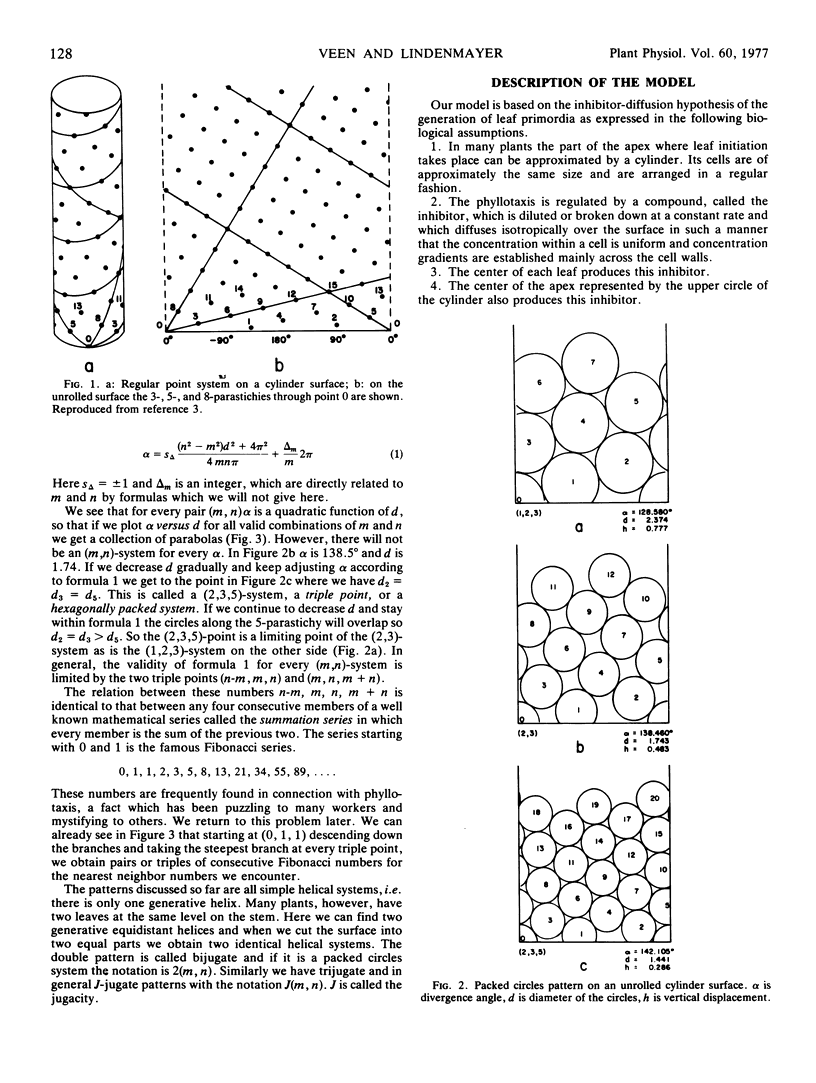
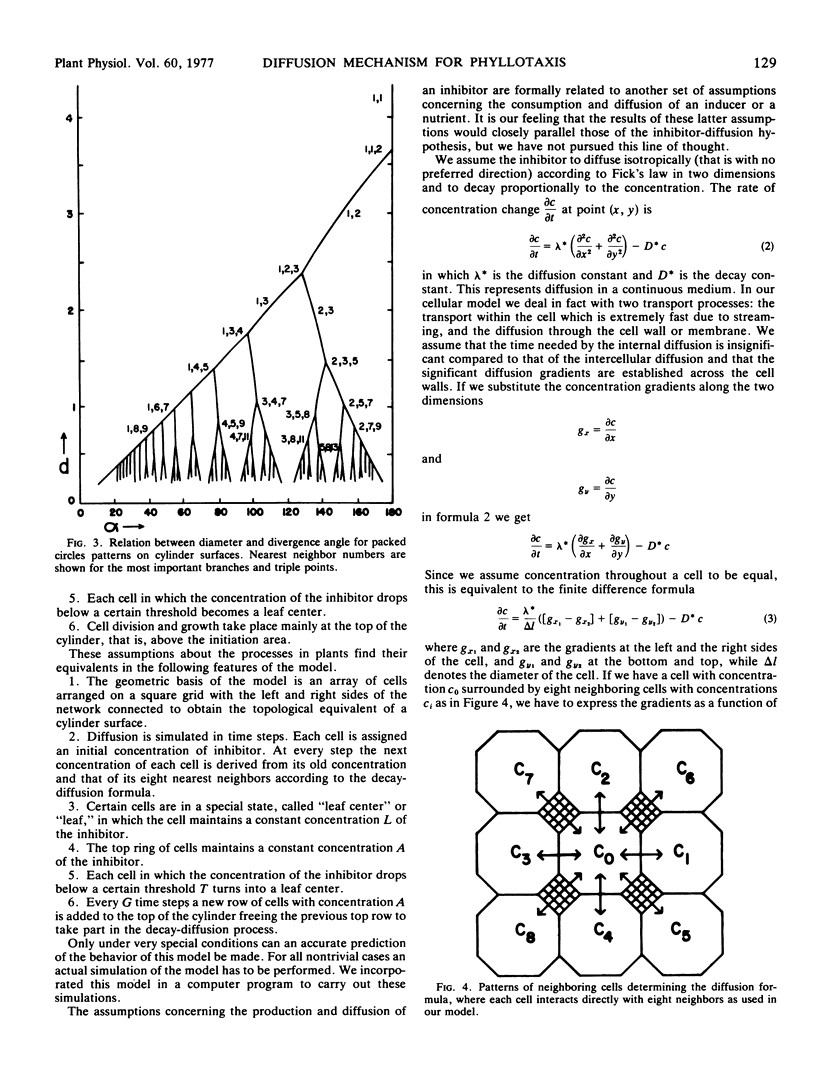
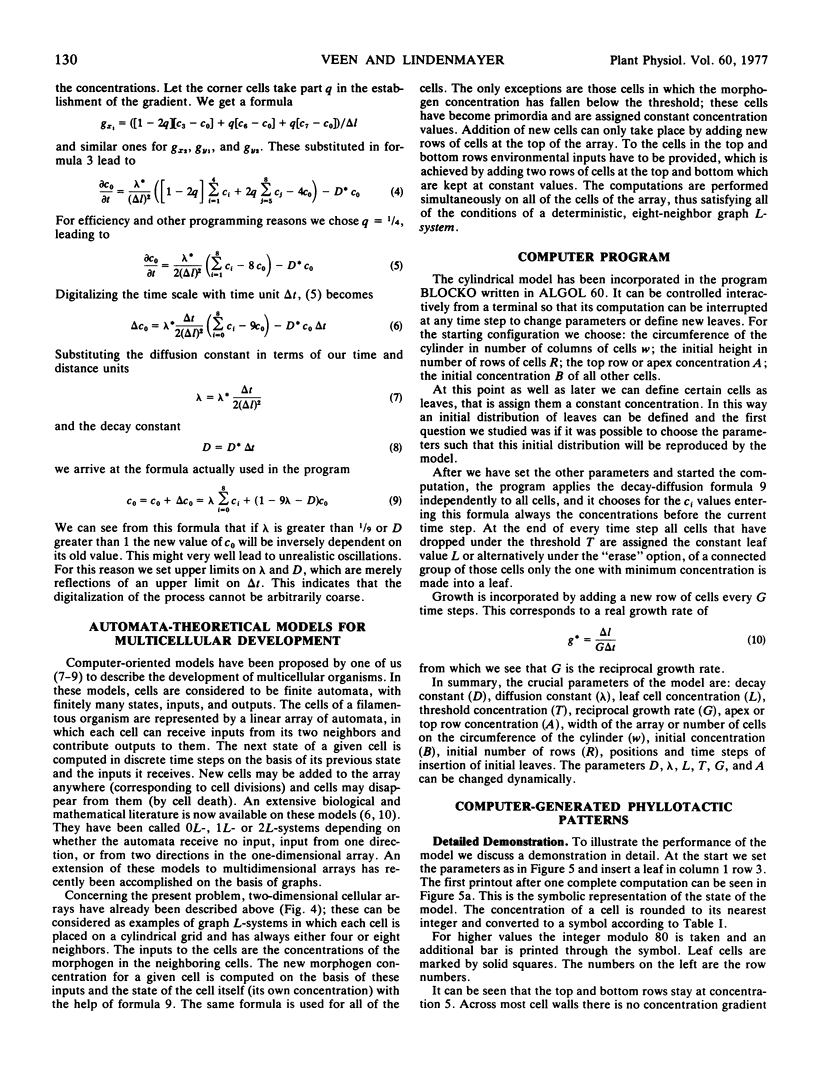
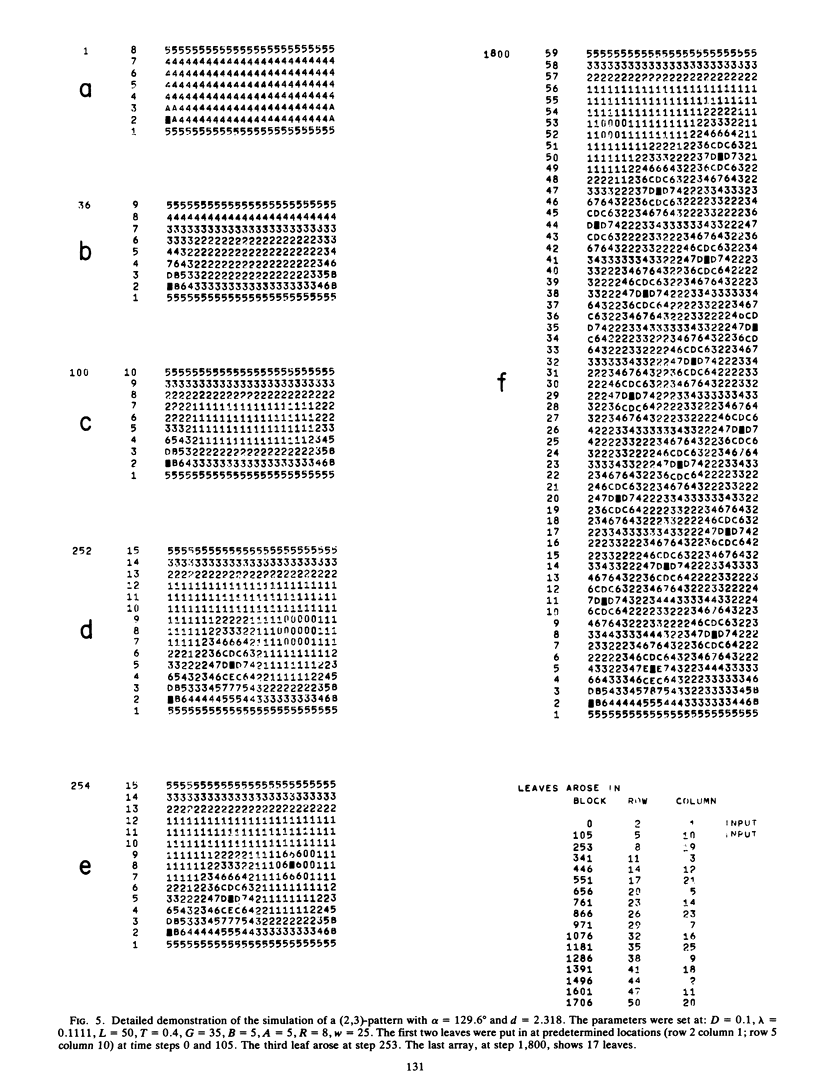
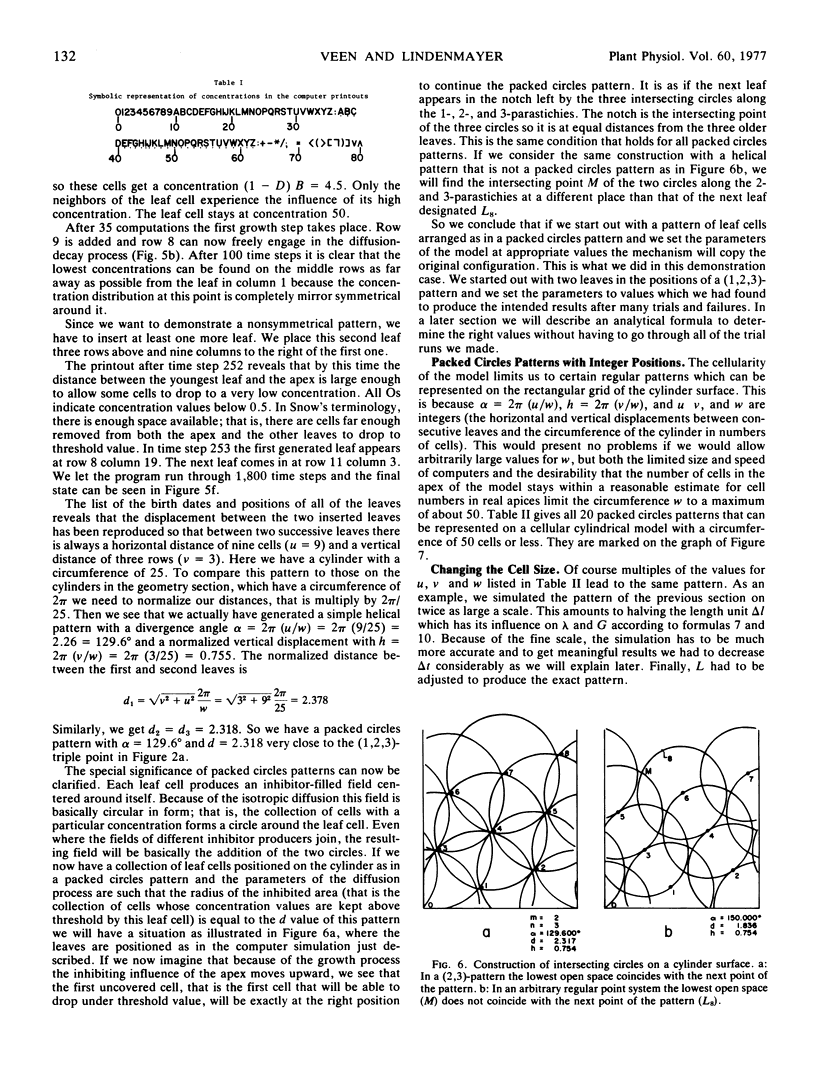
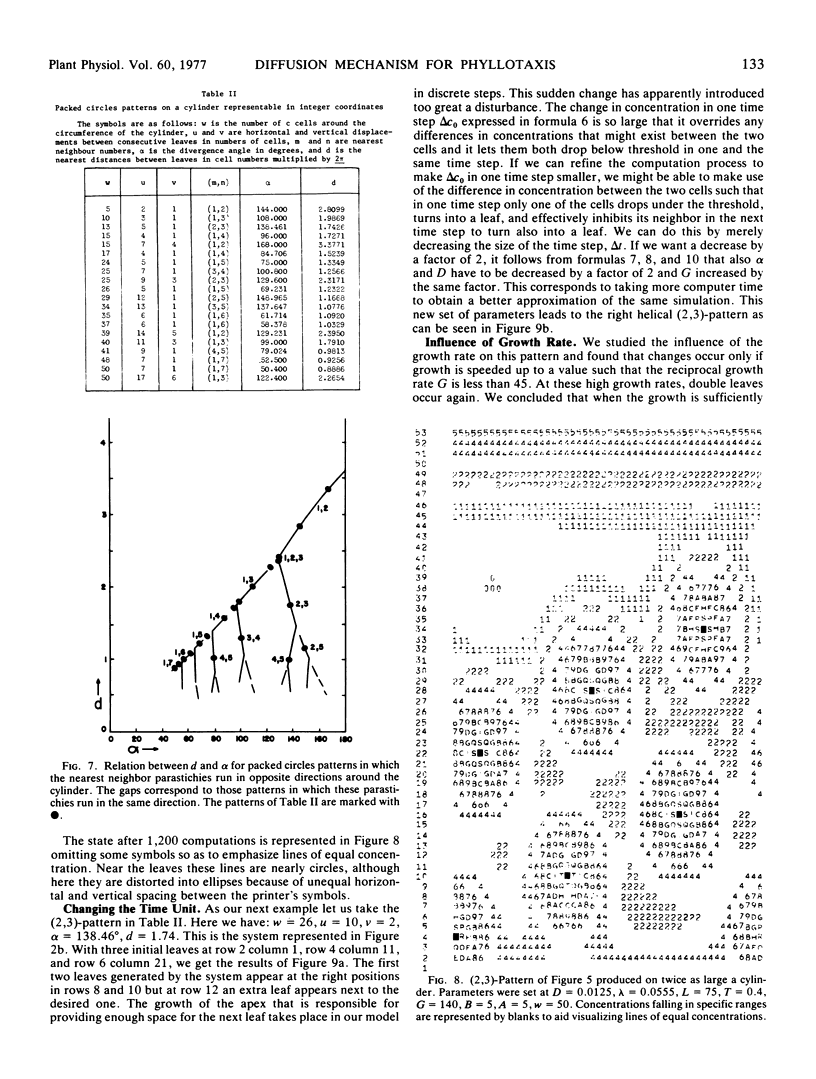
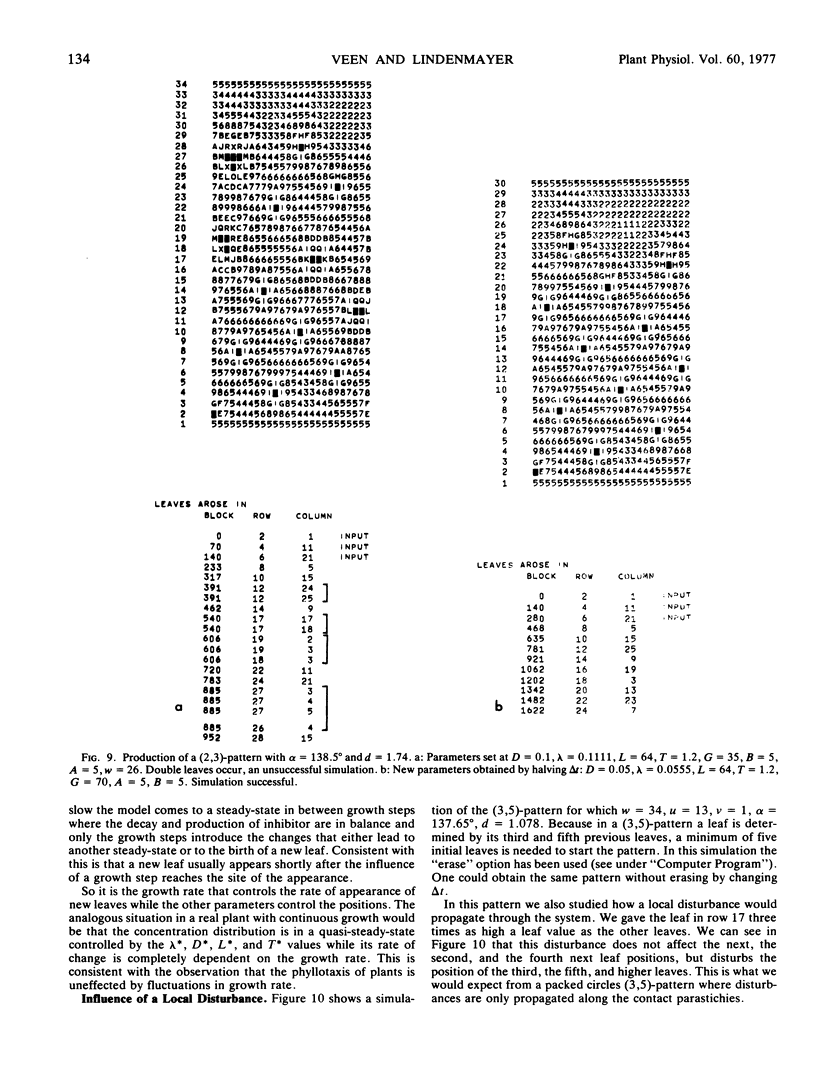
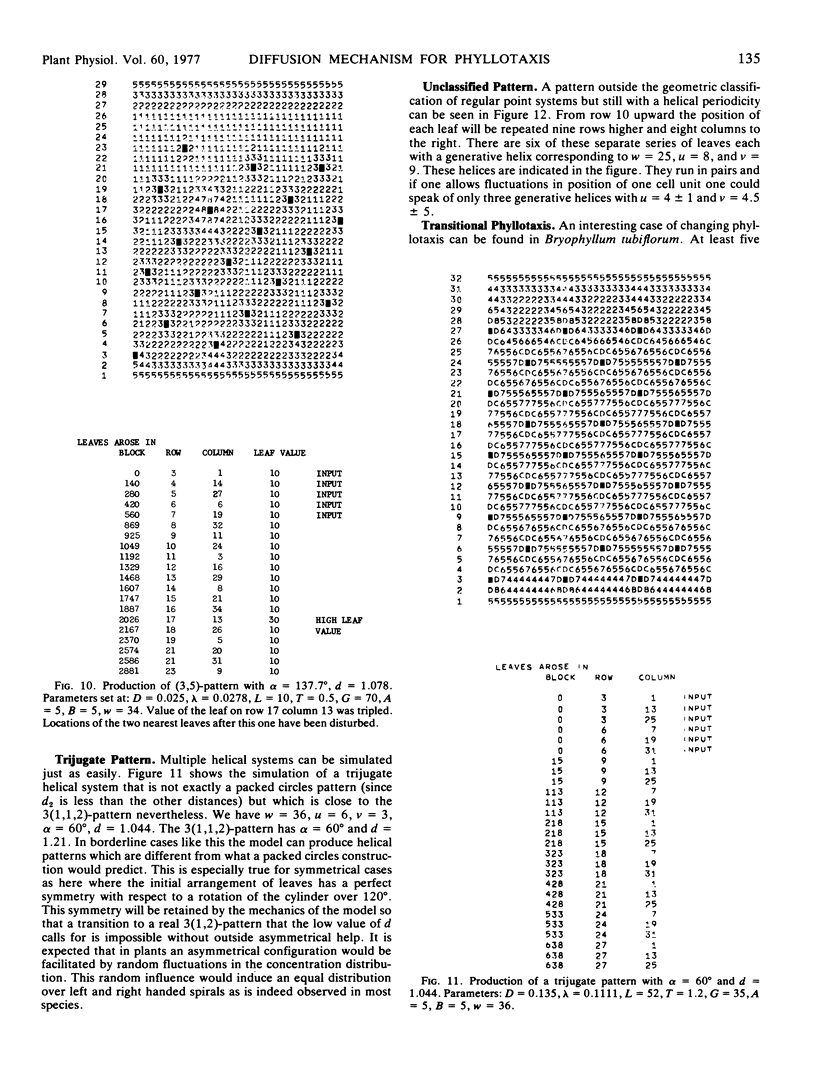
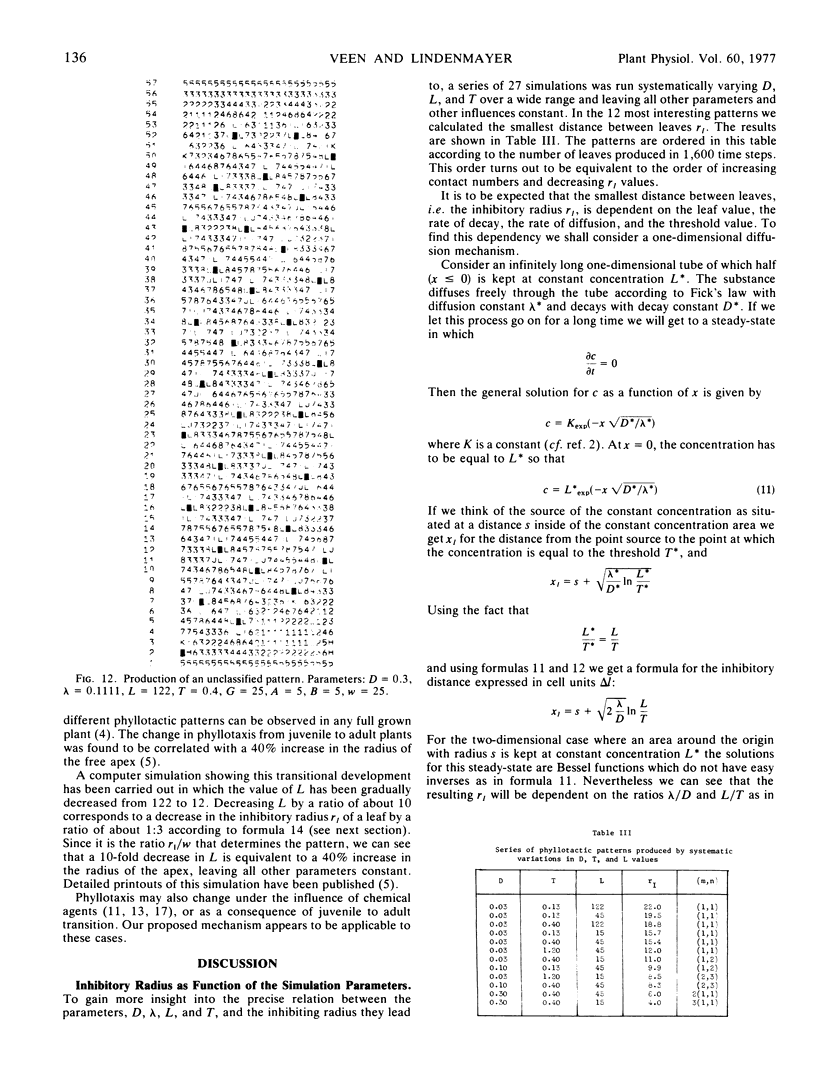
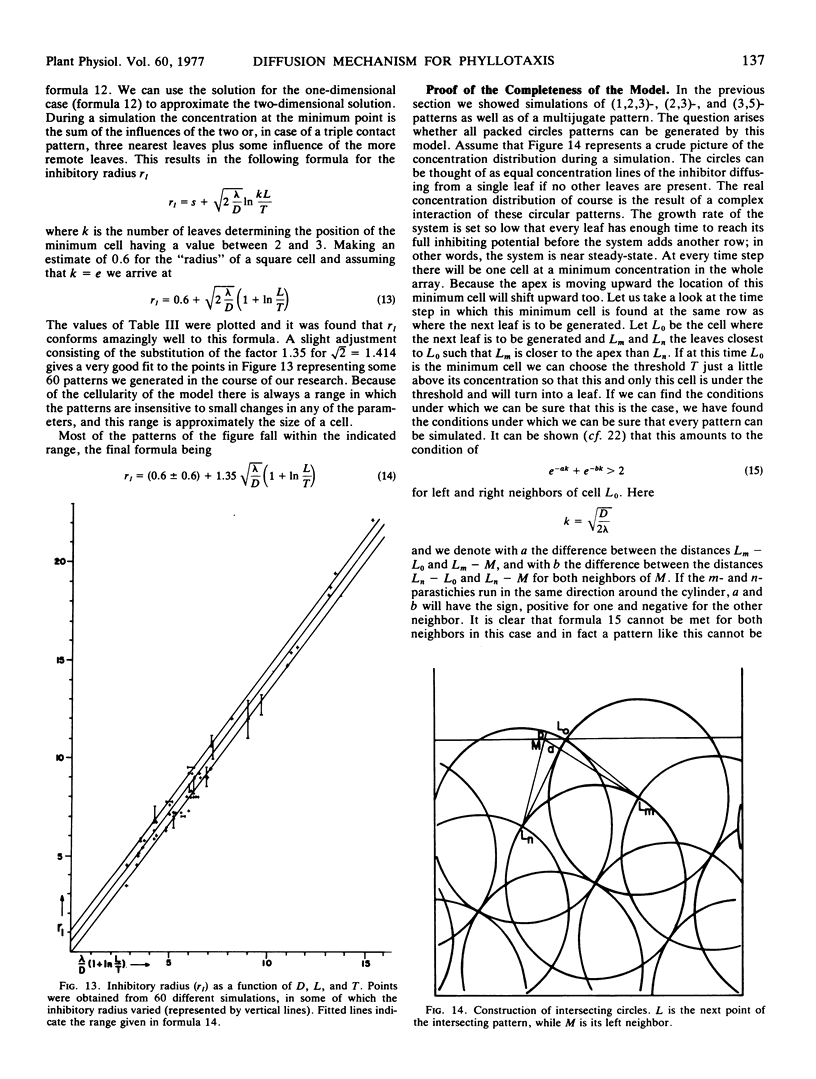
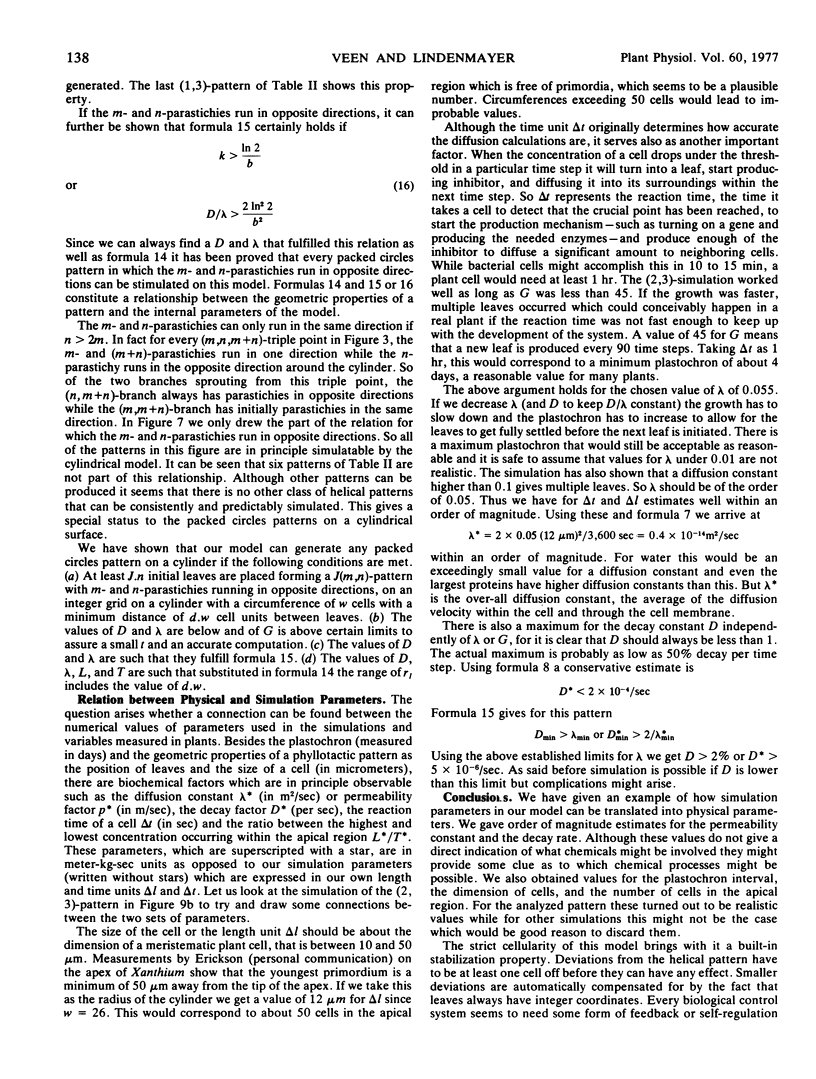
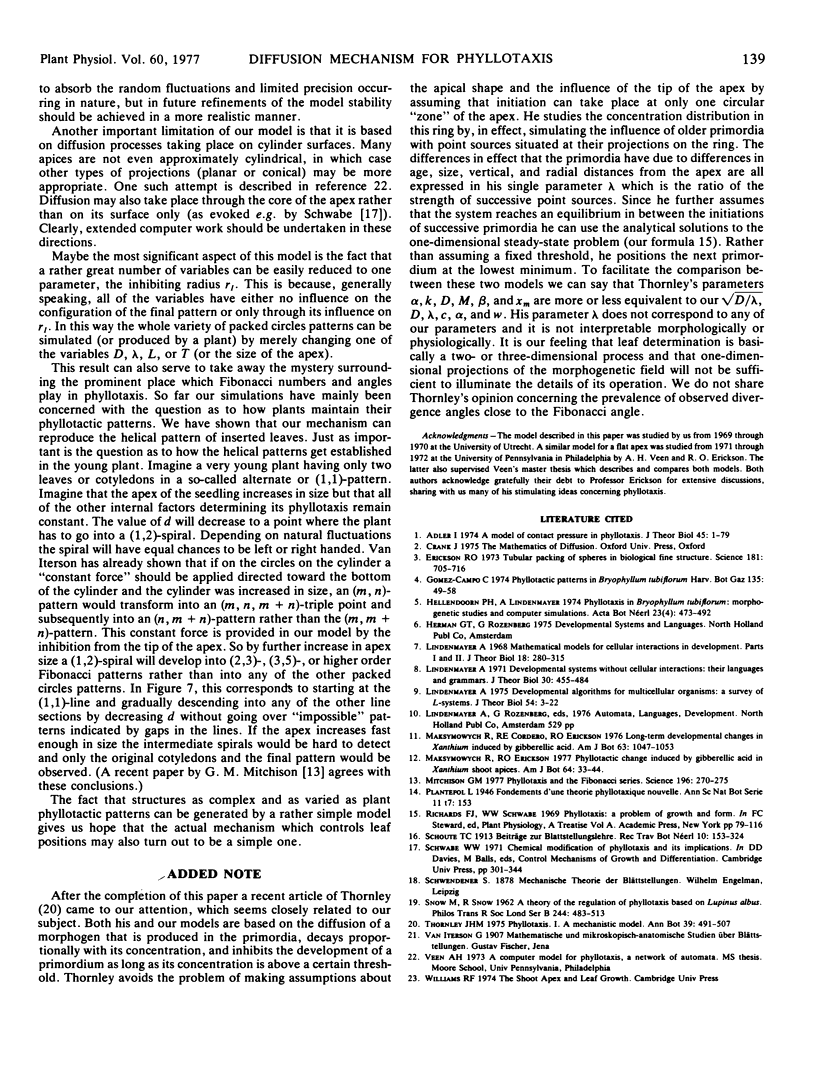
Selected References
These references are in PubMed. This may not be the complete list of references from this article.
- Adler I. A model of contact pressure in phyllotaxis. J Theor Biol. 1974 May;45(1):1–79. doi: 10.1016/0022-5193(74)90043-5. [DOI] [PubMed] [Google Scholar]
- Erickson R. O. Tubular packing of spheres in biological fine structure. Science. 1973 Aug 24;181(4101):705–716. doi: 10.1126/science.181.4101.705. [DOI] [PubMed] [Google Scholar]
- Lindenmayer A. Developmental systems without cellular interactions, their languages and grammars. J Theor Biol. 1971 Mar;30(3):455–484. doi: 10.1016/0022-5193(71)90002-6. [DOI] [PubMed] [Google Scholar]
- Lindenmayer A. Mathematical models for cellular interactions in development. I. Filaments with one-sided inputs. J Theor Biol. 1968 Mar;18(3):280–299. doi: 10.1016/0022-5193(68)90079-9. [DOI] [PubMed] [Google Scholar]
- Mitchison G. J. Phyllotaxis and the fibonacci series. Science. 1977 Apr 15;196(4287):270–275. doi: 10.1126/science.196.4287.270. [DOI] [PubMed] [Google Scholar]


